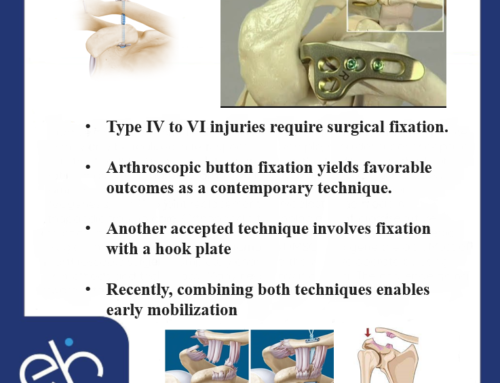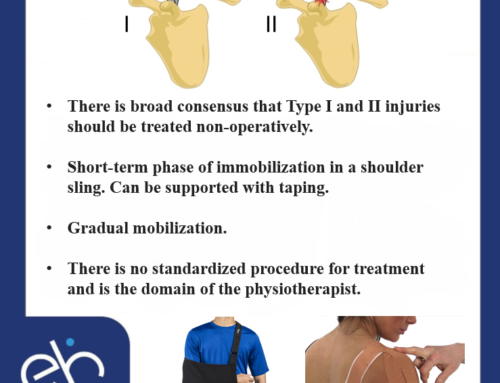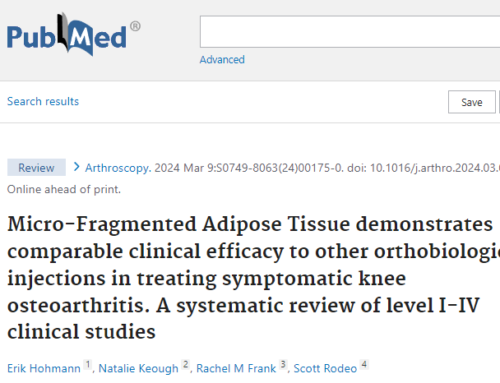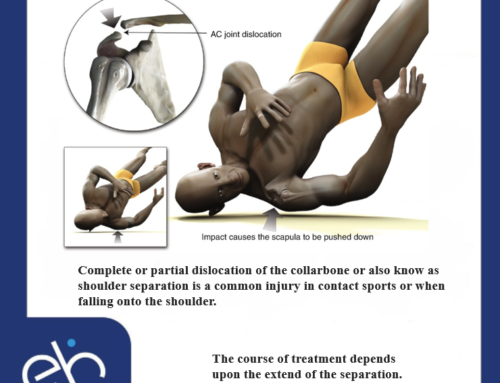Here are some facts: The shoulder joint is inherently unstable because humeral head is approximately 4 times larger than the small and shallow glenoid. Shoulder stability is mainly maintained by passive stabilizers such as the glenoid labrum and the glenohumeral ligaments. The majority of dislocations occur to the front. Most of the dislocations require a visit to the emergency room and reduction. Despite immobilization in a shoulder sling and physiotherapy the recurrence rate is very high if you are young. Studies have shown a recurrence rate of 72% in patient’s less than 22 years old 60% and patients’ between 23 and 30 years and 27% and patient’s older than 30 years. The management of first time shoulder dislocation is quite controversial. One of the main questions is whether to wait for further dislocations to occur or whether immediate surgical treatment should be offered. Advocates of early surgery argue that the unacceptably high risk of recurrence in the young population, progressive soft tissue and bony trauma with ongoing instability and the improvement in quality of life are sufficient reasons for early surgical intervention. Studies also demonstrated that 50% of patients who did not receive surgical stabilization complained of recurrent instability compared to only 3% after open surgical repair. Ten years later 75% patients’ who were treated nonoperatively had an unsatisfactory outcome with areas 70% of patients who were treated operatively had good or excellent outcomes.
Ongoing and recurrent instability and the significant differences in patient perceived outcomes are very strong arguments to support surgery in younger patients. We prefer early surgical intervention using keyhole techniques in young patients below the age of 30 years and the reasons are:
[1] With a single dislocation the soft tissues are easy to repair and recovery is fast. With the multiple dislocations soft tissue quality is not that good anymore and additional bone loss can occur making surgical repair more difficult and potentially less successful.
[2] In expert hands surgical stabilization is quite successful. Recurrence rates with keyhole surgery are not reduced to 0%. There is still a 10-15% risk of a recurrent dislocation.
[3] Evidence has shown that patients with more than one recurrence had a 40% chance of osteoarthritis compared to an 18% chance of those who had no further recurrences.




